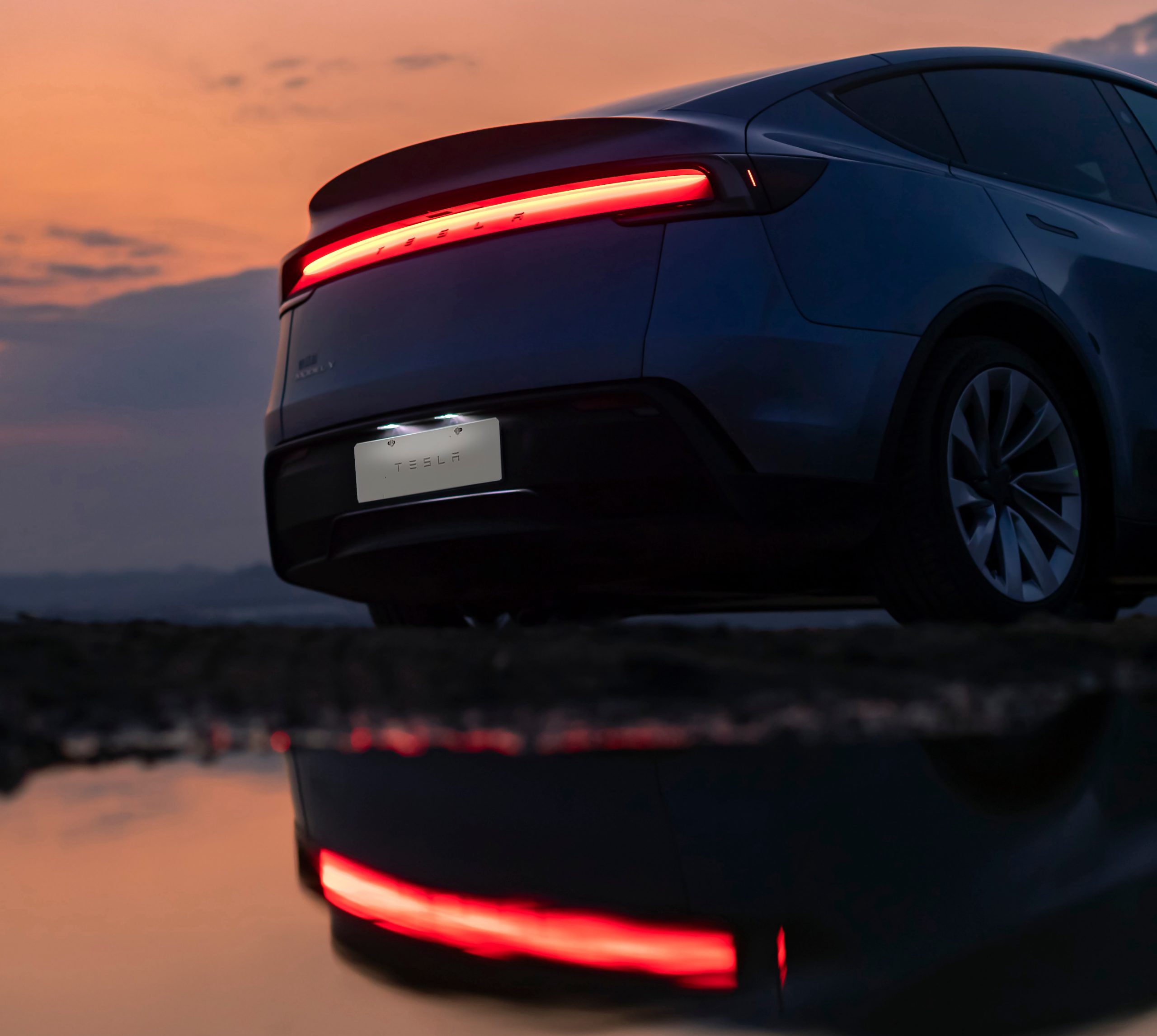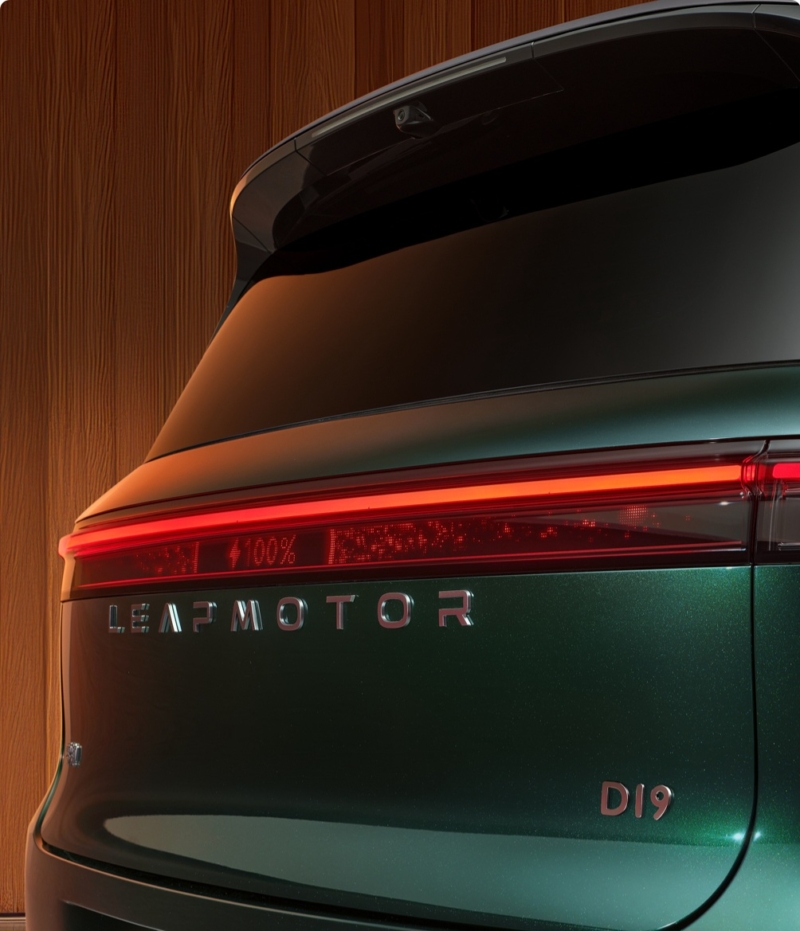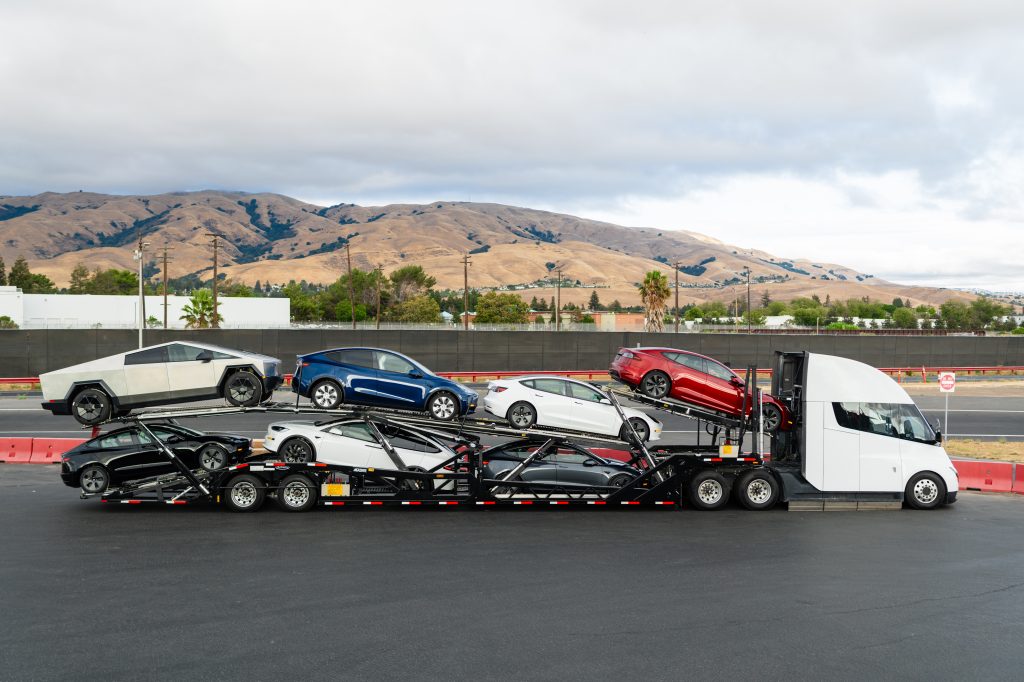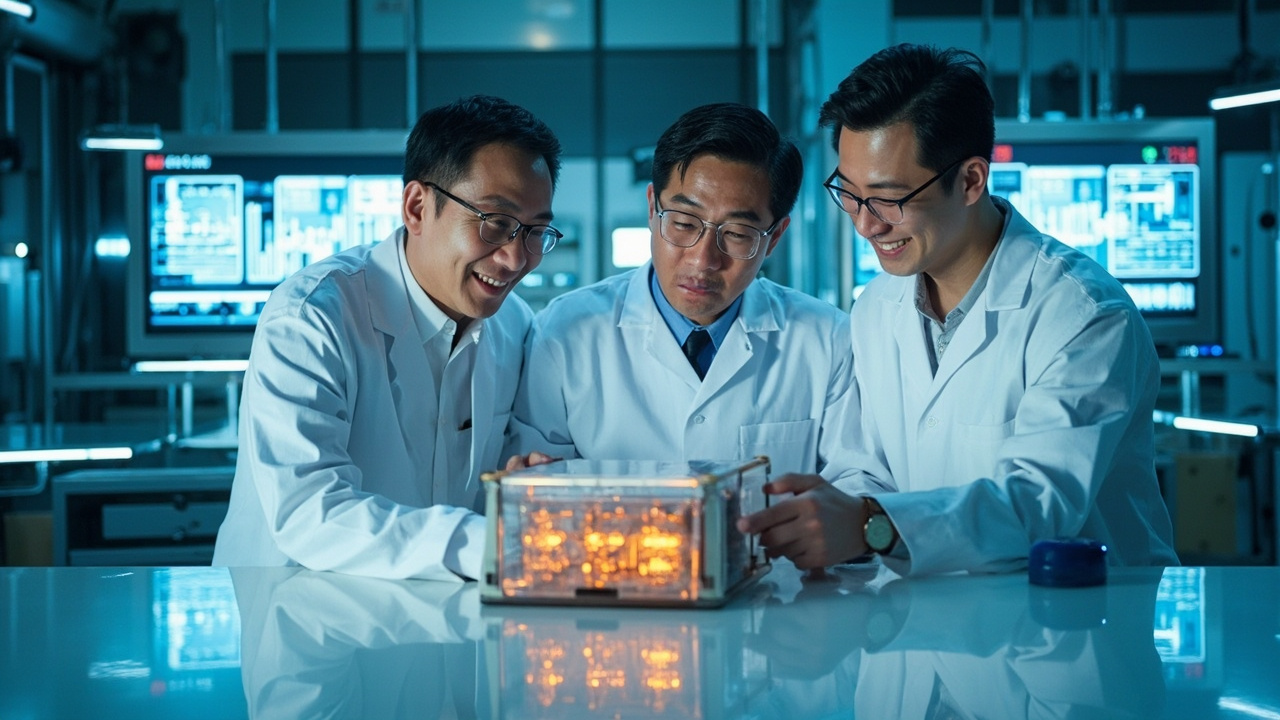Tesla's 'Mad Max' Mode: Revolutionizing the Full Self-Driving Experience
Covers infotainment, ADAS and software updates. Daily: Hyundai Ioniq 5. Project car: NB Miata with a homebrew CarPlay retrofit.
Tesla's latest Full Self-Driving (FSD) update introduces 'Mad Max' mode, a feature that promises to redefine driving efficiency and safety during high-traffic conditions. The update, part of Tesla's v14.1.2 release, has sparked interest and excitement among drivers and industry experts alike.
Tesla's new 'Mad Max' mode is designed to handle the most challenging real-world driving scenarios, particularly during peak traffic hours. According to Ashok Elluswamy, Tesla's Head of AI, this mode is a game-changer for drivers who frequently navigate congested roads. The mode aims to enhance decision-making and efficiency, providing a more assertive driving style that adapts to the fast-paced nature of urban traffic. Early reports from users reveal that 'Mad Max' mode maintains a balance between aggressiveness and caution, ensuring safety remains paramount.
The name 'Mad Max' might evoke images of aggressive driving, yet the mode's actual performance is far from reckless. Instead, it's engineered to optimize lane changes and speed, making it suitable for long commutes and dense traffic conditions. This feature was first teased by Elon Musk in 2018 and has since evolved, reflecting Tesla's continuous advancements in autonomous driving technology. The increase in speed and frequency of lane changes, compared to the previous 'Hurry' mode, allows drivers to experience a smoother, more efficient journey.
Tesla owners and FSD enthusiasts have taken to social media to share their experiences with 'Mad Max' mode, often praising its ability to handle complex traffic patterns with ease. Videos showcasing the mode's real-world application highlight its effectiveness in decision-making during daytime traffic. This feedback underscores the potential of Tesla's FSD system to alleviate the stress associated with stop-and-go traffic and unpredictable driving conditions, positioning it as a viable solution for everyday commuting challenges.
The development and rollout of 'Mad Max' mode reflect Tesla's broader strategy to lead in the autonomous vehicle market. By continuously refining its FSD capabilities, Tesla not only enhances the driving experience for its users but also sets a benchmark for the industry. The assertiveness of 'Mad Max' mode could potentially redefine what consumers expect from autonomous driving technology, encouraging competitors to innovate similarly aggressive yet safe driving solutions.
As Tesla's FSD technology progresses, the implications for urban mobility are significant. 'Mad Max' mode, with its focus on optimizing driving in high-traffic scenarios, could pave the way for more efficient transportation systems and reduced congestion in cities. This evolution in autonomous driving not only promises to improve individual driving experiences but could also contribute to broader societal benefits, such as decreased traffic-related emissions and enhanced road safety.
About Noah Stein
Covers infotainment, ADAS and software updates. Daily: Hyundai Ioniq 5. Project car: NB Miata with a homebrew CarPlay retrofit.



